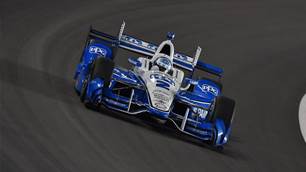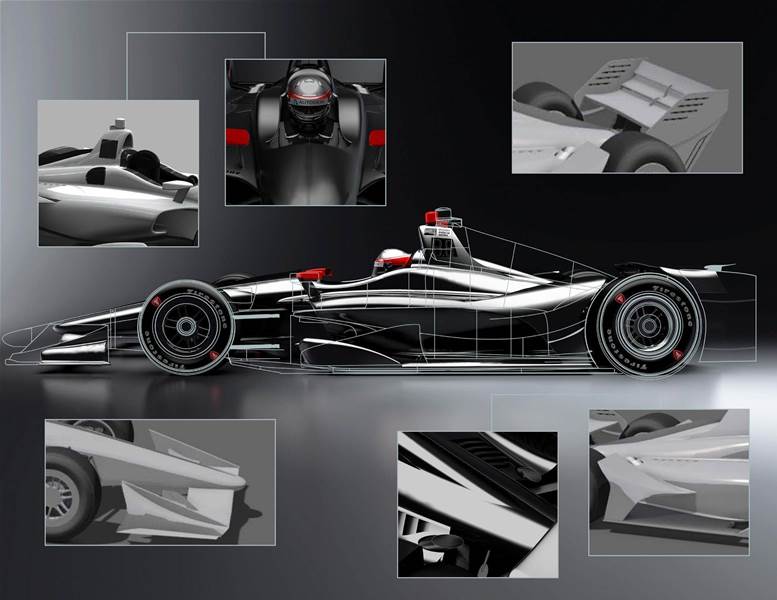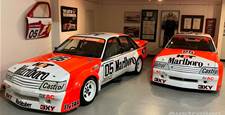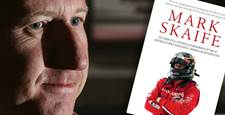Indycar has revealed a sneak preview of the universal aerodynamic bodywork kit that will be used by all teams in the 2018 IndyCar Series.
Currently the aero packages on Indycars, which use a one-spec Dallara chassis, are provided by Chevrolet and Honda.
This arrangement concludes at the end of this season; from 2018 all teams, whether Chevrolet of Honda powered, will use the universal bodywork.
"While this remains a work in progress, we are encouraged with where the development of the 2018 car stands," said Jay Frye, INDYCAR president of competition and operations.
"The look of the car is bold, the performance data from simulations is meeting targeted goals and safety enhancements built into the design will be substantial."
Currently the aero kits are provided by Chevrolet and Honda. This arrangement concludes at the end of this season; from 2018 all teams, whether Chevrolet of Honda powered, will use the universal bodywork.
There will continue to be two bodywork configurations to suit the differing requirements of superspeedways and road and street circuits. The shorter, slower speed oval courses use the road racing configuration.
Frye said INDYCAR is on target to begin testing the car by mid-summer.
Tino Belli, INDYCAR director of aerodynamic development, said the kit has been ‘reverse-designed’ to start with a desired appearance and build in functionality from there.
"We've been working on the aerodynamics to suit the look, rather than the other way around," Belli said.
"We're working on creating more of the downforce from the underwing," Belli said. "The hole in the floor (of the undertray on this year's car) will be sealed for the road courses and short ovals, but will still be open for the superspeedways."
He said that simulations show the new car meets INDYCAR's aerodynamic targets and additional safety enhancements. These include side impact structures in the sidepods and repositioned radiators to assist in reducing the severity of side impacts by crushing on impact.
The supplier of the universal Indycar aero kit has yet to be announced.

Related Articles
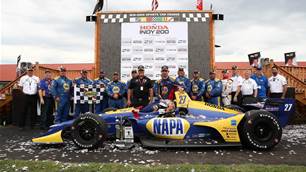
Pic Gallery: Mid Ohio Indycars
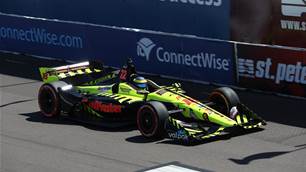
Pic Gallery: Indycars season opener
